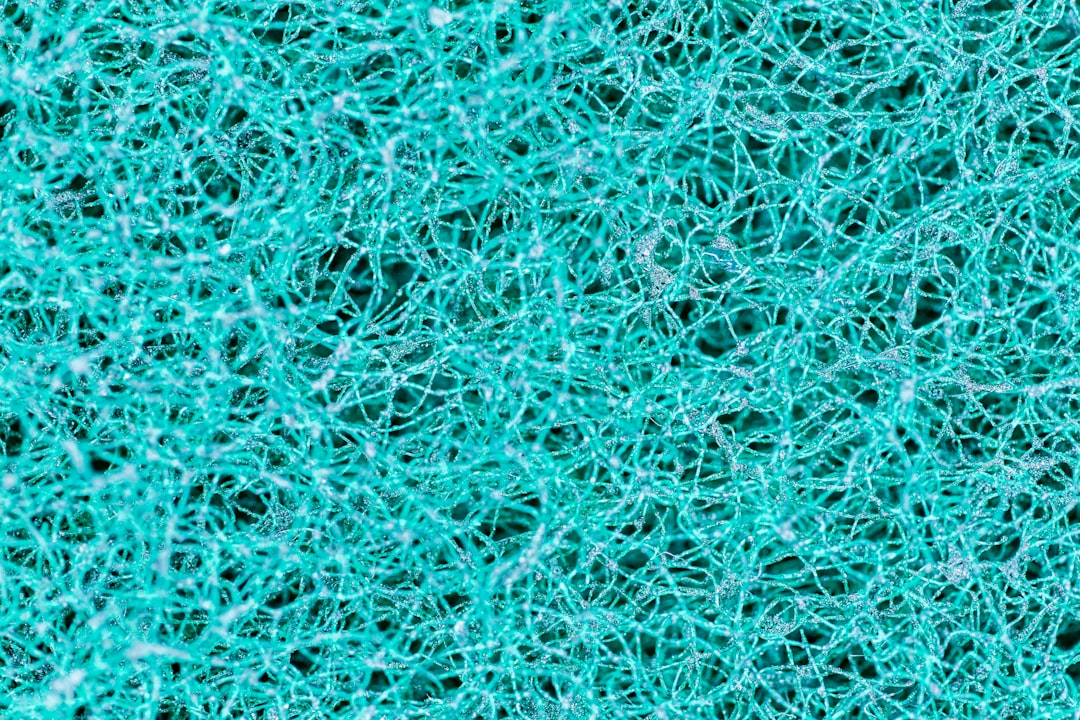What is it about?
The disequilibrium of amyloid β-peptide (Aβ) between the central and peripheral pools has been claimed as an initiating event in Alzheimer’s disease (AD). In addition, we found that natural discoidal high-density lipoproteins (HDL-Disc) can simultaneously regulate Aβ catabolism in brain and ferry it out of the brain. Hence, we developed HDL-Disc assembly (polyDisc) for nasal brain delivery and explored a new AD treatment strategy for mobilizing a synergy of central and peripheral Aβ clearance.
Featured Image

Photo by Clément Falize on Unsplash
Why is it important?
Although Aβ antibodies have been approved for Alzheimer’s disease (AD), they show modest clinical benefits but significant side effects, such as perivascular edema and hemorrhages. In this study, polyDisc capture Aβ, facilitating microglial removal, brain-to-liver transport, and hepatic clearance with no evidence of vascular damage. Compared with Aβ antibodies, polyDisc can more effectively and safely reduces Aβ levels in the brain and vessels, promising an improved Aβ clearance therapy for AD.
Perspectives
We intend to present in an upcoming article how to ferry as much Aβ out of the brain as possible to further relief the central burden with improved safety.
Yang Ding
Read the Original
This page is a summary of: Nasal delivery of polymeric nanoDisc mobilizes a synergy of central and peripheral amyloid-β clearance to treat Alzheimer’s disease, Proceedings of the National Academy of Sciences, December 2023, Proceedings of the National Academy of Sciences,
DOI: 10.1073/pnas.2304213120.
You can read the full text:
Contributors
The following have contributed to this page










